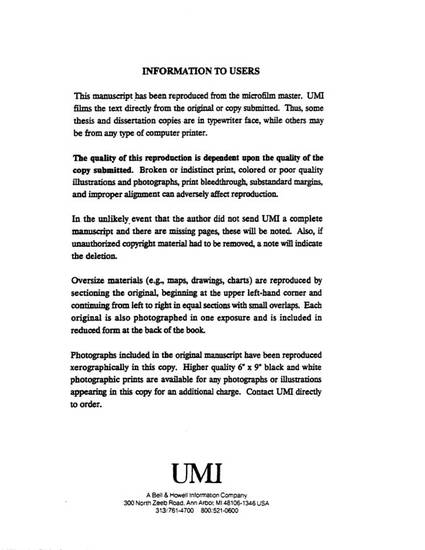
Oxalate is the only substrate that supports the growth of the gram negative anaerobe, Oxalobacter formigenes. Oxalate is decarboxylated to formate plus CO[subscript]2. A small amount of acetate (0.5-1 mM) is required for biosynthetic reactions. Oxalate is reduced and assimilated into cell biomass by aerobic oxalate-degrading bacteria using either the glycerate pathway or the serine pathway. Oxalate is reduced to 3P-glycerate and assimilated as a C[subscript]3 unit. We detected the enzymatic activities of glycerate pathway but not those of the serine pathway in cell-free extracts of O. formigenes;Four potential sources of carbon for cell biomass are available to O. formigenes, oxalate, acetate, formate and CO[subscript]2. We grew the organism in [superscript]14 C labeled carbon sources and determined the contribution of each of these sources to cell carbon. O. formigenes derived at least 54% of its cell carbon from oxalate and at least 7% from acetate. The only other carbon source utilized was CO[subscript]3. Formate was not incorporated to a significant extent. Carbon from [superscript]14 C-oxalate and [superscript]14 CO[subscript]3 was detected in amino acids derived from [alpha]-ketoglutarate, oxaloacetate, pyruvate, 3P-glycerate and in the aromatic amino acids. Amino acids derived from [alpha]-ketoglutarate, oxaloacetate and pyruvate contained carbon derived from [superscript]14 C-acetate;When O. formigenes was grown on [superscript]13 C-labeled oxalate, acetate or CO[subscript]3,the labeling patterns of the amino acids were consistent with their formation through common biosynthetic pathways. [superscript]13 C from oxalate was detected in the majority of the carbons from all of the amino acids. Approximately 60% of the acetate was incorporated as a C[subscript]2 unit into four amino acids (glutamate, proline, arginine and leucine). The other 40% of the acetate was split and was detected in amino acids derived from oxaloacetate and pyruvate;Enzymatic activities detected in cell-free extracts included: glutamate dehydrogenase, phosphoenolpyruvate carboxylase, pyruvate carboxylase, citrate synthase and isocitrate dehydrogenase. These findings support the [superscript]14 C and [superscript]13 C data which indicate that O. formigenes assimilates acetate into protein using the first third of the TCA pathway and that C[subscript]4 units are formed from C[subscript]3 units by carboxylation of pyruvate or PEP.
Available at: http://works.bepress.com/nancy-cornick/6/
